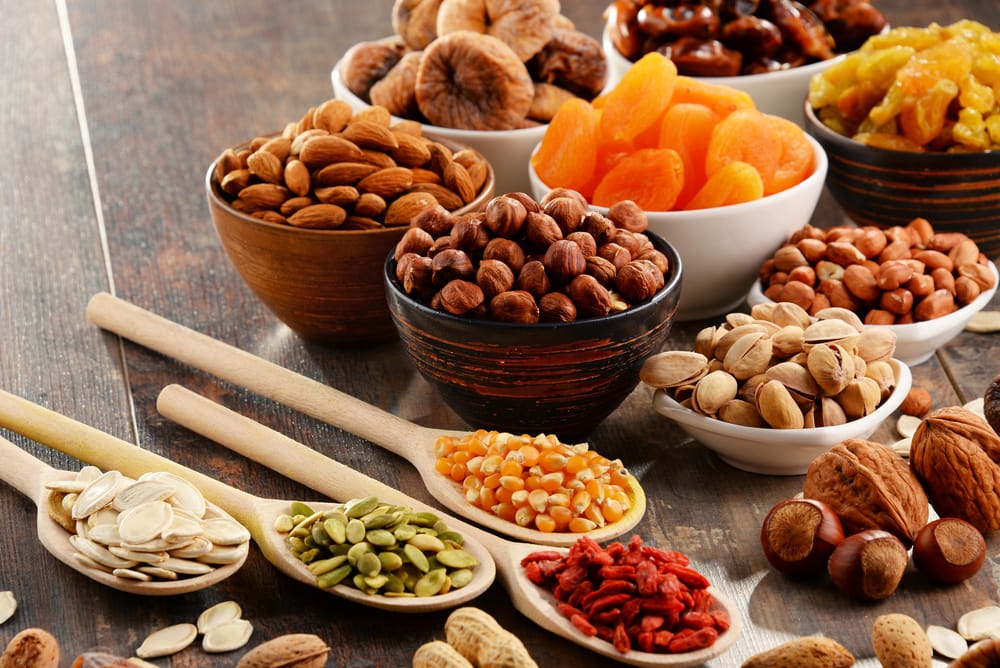Drying food has been used for centuries as a way to preserve foods and make them shelf stable for later use. While drying may remove some nutrients from foods, dried products still provide nutrition and come with some key benefits compared to their fresh counterparts.
Increased Shelf Life
One of the biggest advantages of drying foods is the dramatic increase in shelf life it provides. Removing moisture from foods helps prevent decay and growth of mold, yeast and bacteria – the main causes of spoilage. Properly dried foods can last months or even years when stored in an airtight container away from heat and humidity. This extended durability makes dried foods ideal for situations like backpacking, emergency food storage or any time you want access to nutritious backup groceries.
Weight and Space Savings
The process of drying removes much of the water contained within fresh foods. This results in products that are much lighter in weight than their fresh or canned versions. For example, dried beans are about one-tenth the weight of canned beans. The reduced bulk also means dried goods take up less space, both in your pantry and when transporting. This makes dried fare more portable and cost-effective to ship or store long-term.
Concentrated Nutrition
Though drying may cause some nutrient loss, it also acts to concentrate the remaining nutrients. Since much of the weight and volume removed during drying is water, the vitamins, minerals and other beneficial compounds remain in a more compact package. On a dry weight basis, many Dried Food are just as nutritious if not more so than fresh. For example, dried fruits are often considered a very nutritious snack as they pack the same vitamins and natural sugars into a smaller serving size.
Versatility in the Kitchen
The extended shelf life and dehydrated texture of dried foods make them very versatile ingredients. Dried goods like dried beans, grains, fruits and vegetables add nutrition and texture to soups, salads, baked goods and more. Pre-cooked varieties can be rehydrated within an hour for use in recipes. For busy families and travelers, dried options provide simple, satisfying meals with little preparation required.
Wide Variety of Products
From fruits and vegetables to meats, seafood and dairy, almost any perishable ingredient can be dried for preservation. Popular dried foods include fruits like raisins, cranberries and apricots, vegetables like onions, mushrooms and tomatoes, proteins like jerky and dried eggs and staple grains like pasta, rice, oats and more. With such diversity, dried fare ensures plenty of flavor and nutritional options for any pantry.
Types of Drying Methods
There are a few main techniques used for food dehydration, each with advantages and best applications:
Sun Drying
The oldest and most basic method, sun drying involves exposing washed, sliced or shredded foods to direct sunlight until dry. It works well for fruits, vegetables, herbs and some meats but requires sunny days and protection from insects and contaminants. Climates with low humidity are best.
Oven Drying
For this method, food slices or trays of chopped produce are dried in a domestic oven at its lowest temperature, around 125-150°F, with the door propped open for airflow. It allows drying indoors year-round but uses more energy. Best for small batches.
Food Dehydrator Drying
Modern electric dehydrators are compact countertop appliances with several stacked mesh trays and a built-in fan and thermostat. They slowly dry foods at 95-150°F, with consistent circulation to remove moisture quickly and evenly without risk of overcooking. Convenient and effective for all types of foods.
Freeze Drying
Considered the gold standard for drying, freeze drying works by rapidly freezing foods then reducing surrounding pressure to allow frozen water to sublimate from the solid to gas state without passing through the liquid phase. It better retains nutrients, flavor and texture but requires expensive commercial equipment.
With the right techniques, preserving seasonal abundance through drying is simple. Adding a variety of dried ingredients provides nutrition, flavor and convenience to any pantry or kitchen.
*Note:
1. Source: Coherent Market Insights, Public sources, Desk research
2. We have leveraged AI tools to mine information and compile it



